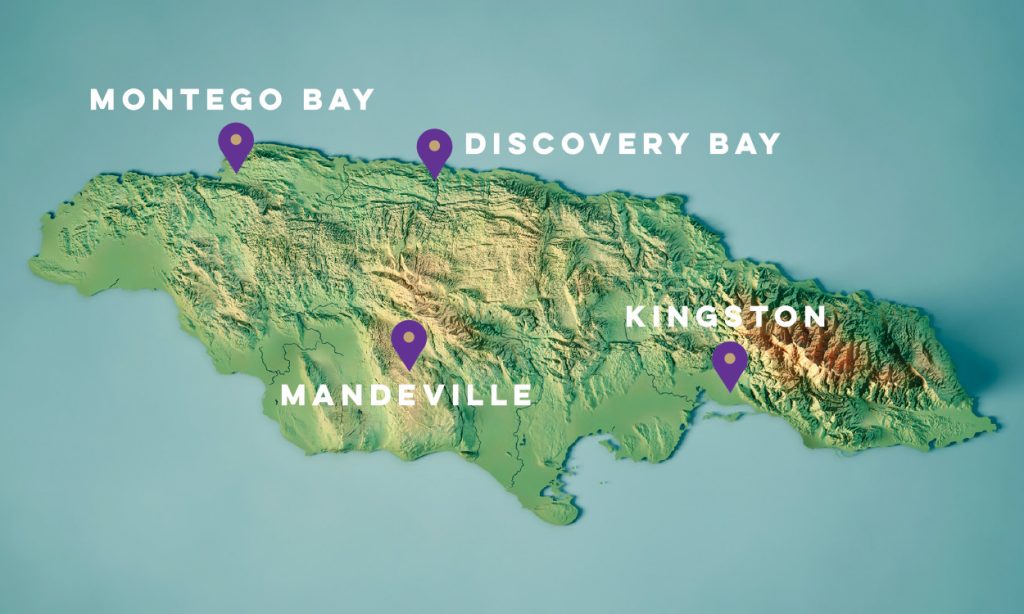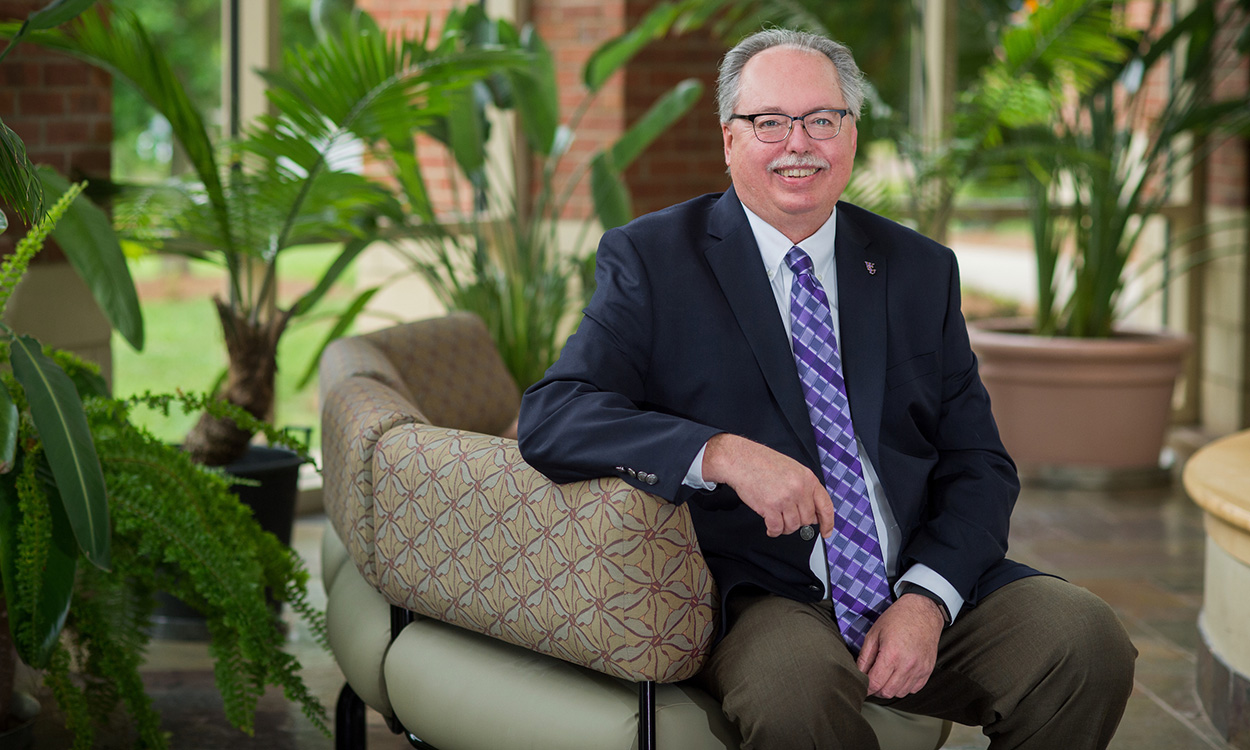STATE OFFICIALS GATHER FOR CEREMONIAL GROUNDBREAKING ON APODACA SCIENCE BUILDING
More than a dozen current and former members of the General Assembly and other state officials were among the 200-plus who gathered in March for a ceremonial groundbreaking to mark the start of construction on Western Carolina University’s Apodaca Science Building. The $110 million facility, made possible through funding from the 2016 statewide $2 billion Connect NC bond referendum, will replace WCU’s existing, 1970s-era Natural Sciences Building.
The WCU Board of Trustees voted in December 2016 to name the building in honor of former N.C. Sen. Thomas M. Apodaca ’80 in recognition of his years of service to and support of the Western North Carolina region and the university, including his time as a WCU trustee and his extensive advocacy for the university.
“I’m enormously honored and deeply touched,” Apodaca said at the event. “This center of science learning is actually a recognition of Western Carolina University’s importance. Our region of the state is often forgotten – but not today. More than anything, my hope is this building will represent opportunity for the future.”
Also speaking at the event were Patricia Kaemmerling ’71, current chair of WCU’s trustees; Margaret Spellings, president of the University of North Carolina System; Alison Morrison-Shetlar, WCU interim chancellor; Phil Berger, president pro tempore of the N.C. Senate; and Richard Starnes ’92 MA ’94, dean of WCU’s College of Arts and Sciences
“Buildings are important, and this one is sorely needed, but they pale in comparison to what happens in our buildings. Every day across this campus, our faculty guide students on their journeys by teaching them, challenging them, mentoring them, showing them what is possible,” Starnes said. “And every day, our students – whether they hail from Andrews or Ahoskie – inspire us with their energy, their promise and their limitless potential. This building will provide a state-of-the-art facility for our university to better fulfill that sacred calling of changing lives.”
Construction on the 182,989-square-foot, six-story structure will begin later this year, followed by completion and occupancy by June 2021. The building will include five stories of laboratory, classroom, assembly and office space, with the sixth story serving as a “mechanical penthouse.” It will feature a large, 150-seat lecture hall, a science commons area on the first floor and a rooftop plaza for astronomy observations.

